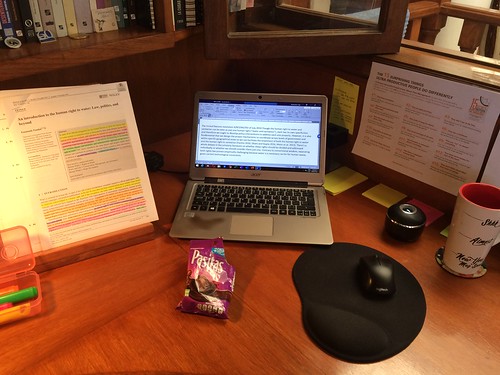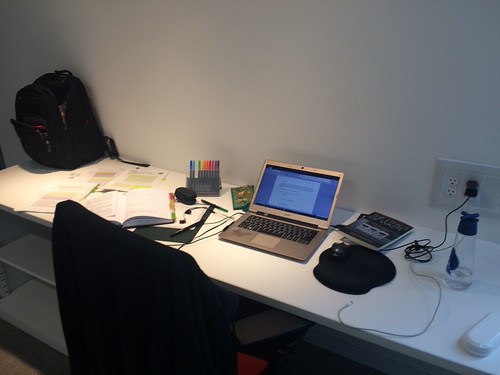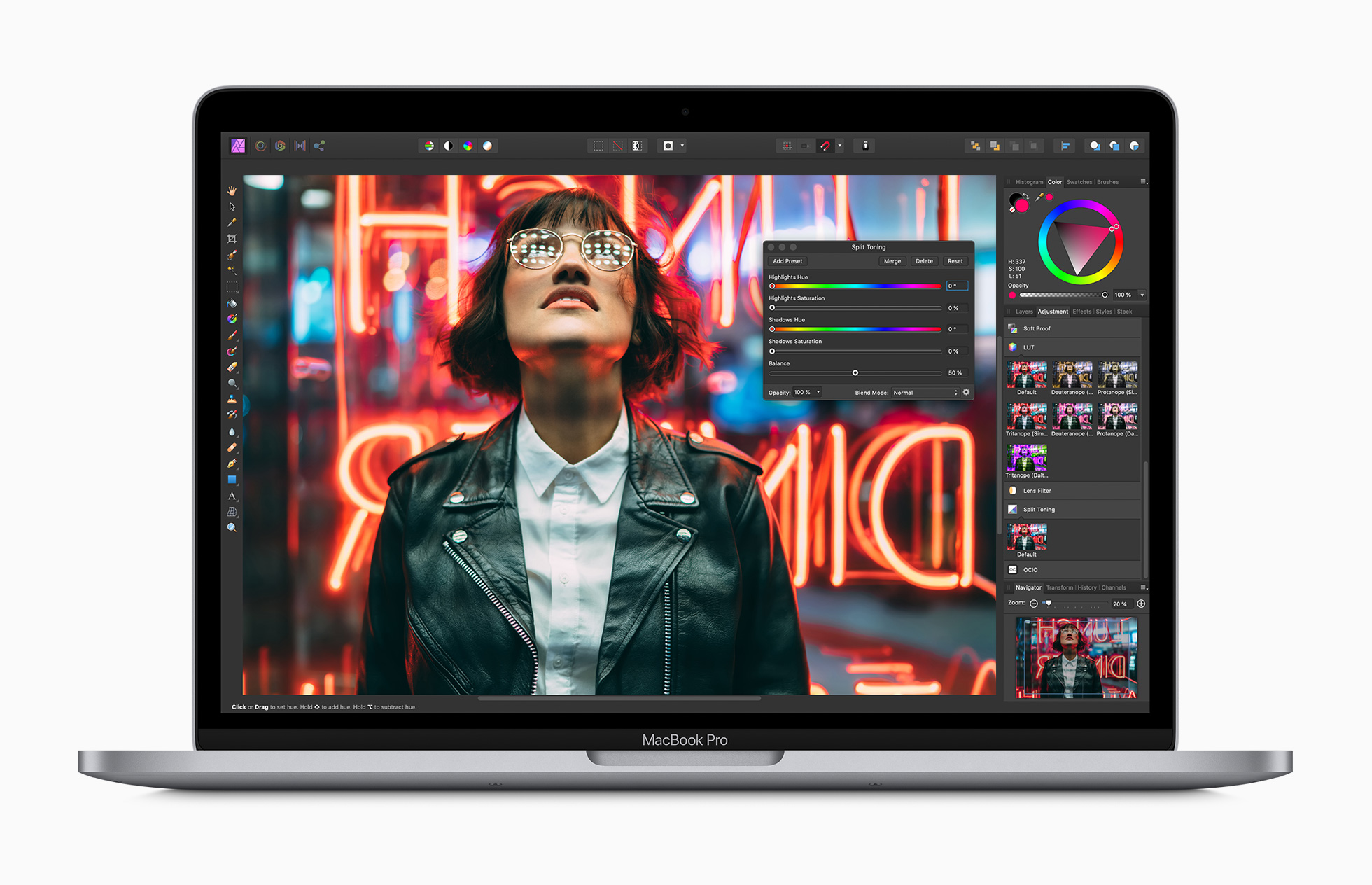
With many convocations postponed or cancelled, the Star asked some prominent people receiving honorary degrees to give the speech they would have given in the current climate.
Today, Ken Greenberg is honoured by the University of Toronto as a Doctor of Laws “for his outstanding service for the public good as a tireless advocate for restoring the vitality, relevance and sustainability of the public realm in urban life, and excellence in the professions.”
I would like to express my profound gratitude to the University of Toronto for the award of an honorary Doctor of Laws. I was invited to make some remarks at this year’s convocation, which of course will not happen, and the following are some of the things I would have liked to say. First that the U of T has meant a great deal to me. It was my first very welcoming landing place as a young immigrant to Canada leaving the U.S. as a draft resister during the Vietnam War and where I was able to complete my studies in architecture at 230 College St., becoming my alma mater.
As a student I almost immediately got swept up in the political and social life of Toronto in a period of great turmoil as the city was making profound decisions about its future. I had the good fortune to connect with Jane Jacobs, who became my great friend and mentor from the time we both arrived in the country months apart, members of what became the city’s Reform Council, and many inspiring and motivated civic leaders and thinkers. I didn’t so much choose my career path as it chose me.
The context was a paradigm shift as profound as the one that had occurred in the decades following World War II, when, infatuated by the liberating possibilities of the car, we experienced a mass exodus from cities and a free-wheeling concept of the “good life” developed based on the assumption of an endless supply of cheap energy.
I found myself immersed in the early stages of the aftershock as that shaky assumption unravelled. Young people like me begin to vote with their feet, repopulating the centre of the city, appreciating what Toronto’s older neighbourhoods had to offer in pursuit of a new competing urban version of the North American dream, to experience the stimulation of city life while being able to walk to buy groceries and having our kids walk to school, to bike and use transit close to home.
What I began to understand was that cities are among our most remarkable creations. Soon housing 50 per cent of the world’s population, they are the crucibles where solutions are found to problems that are otherwise intractable. They have the capacity to learn, adapt, modify, invent and innovate. That insight became the basis for my career from my launchpad in architecture and urban design.
In the end I was able to write two books, “Walking Home” in 2011 and “Toronto Reborn” in 2019, tracking my experiences in this my adopted city, and in many others, working on projects in which urban districts pursued new, more environmentally and socially sustainable models.
The stakes are very high. This was not just about lifestyle preferences, but a question of survival on Spaceship Earth. We were being forced to move beyond the false dichotomy that had divided our behaviour in the places we live from our relationship with the natural world. And unless we were fatalistically resigned to spoiling our nest to a point of no return, clearly some big adjustments in our way of life were needed.
Before the pandemic we were making progress, arguably too slowly and unevenly, but now the world has been turned abruptly on its head. A second transformation has dramatically moved into the passing lane and overtaken the other. The to-do list we were working on for cities is still there, but it has been overtaken by an expanded set of imperatives coming out of COVID-19, piggybacking on and potentially driving the first with a heightened sense of urgency and new possibility. Two things in particular have come to the fore as urgent priorities: making the city more equitable and making it more resilient.
While the failure to address marginalized and disadvantaged populations is certainly not news, we have disastrously failed to act. Yes, we are in this together but not experiencing the pandemic in the same way. Community health depends on making our cities and city regions more equitable and this underlines the need to give our public health officials a prominent place at the planning and urban design table.
Malcolm Gladwell in the Munk Debates has quoted this persuasive analogy: If you want to improve the performance of a soccer team, it is important to improve the worst player on the team, not to lavish attention on the stars.
The focus on highly sophisticated medical treatments available to a small percentage of the population in the U.S. exists side by side with a huge population of uninsured; great hospitals but an appalling lack of attention to public health among the poor. These weak links have contributed to making it the hardest hit country in the world. In Canada the festering problems of long-term-care facilities have been well known and now are producing an astonishing death rate.
A second revelation has been the immediate and virtually total reliance on the digital world imposed by physical distancing. This is forcing us to rapidly come to terms with complex issues already in play around data security and privacy, but also the need to figure out the role we want this technology to play in our lives and our cities.
How can we best use technology to advance a human-centred urbanism and not allow it to permanently distance ourselves from each other? When this is over we will want more than ever to be together physically, combining the best of IRL (in real life) along with our expanded digital presence.
A third revelation has been the value of “redundancy” as the cornerstone of resiliency, having multiple ways of doing things so that when one “system” or “network” breaks down, we have recourse to others: the abrupt shift to virtual communication to achieve physical distancing being the prime example, but also multiple ways of getting access to food, moving around the city, walking, cycling, using thinned-out transit and yes, cars; adapting spaces and institutions to new uses, seeing hotels become shelter housing, libraries doubling as food banks, etc.
This need for redundancy also applies to alternatives to tenuous supply chains, the need to keep local manufacturing capability and local agriculture for food security. We need to think of value engineering “in” redundancy in cities for unforeseen events.
We have been jolted into acknowledging the essential role of governments and the need for trust in their ability to lead. The talk of leaving everything to the private sector has significantly quieted. At the same time the strength of civil society has been remarkable and its capacity for generous “caremongering” is awesome to behold. Perhaps this will lead to a new understanding of these complementary roles and how they can be mobilized.
Finally the actions we are witnessing give some hope about our collective ability to mount a response to the even more existentially consequential challenge of our age, that of facing climate change. We need to treat this experience of society mobilizing in a crisis as a dress rehearsal for collective action.
A knee-jerk reaction declaring that density in cities was the enemy was based on a false correlation, conflating urban density with overcrowding. It has to be resisted, lest it lead to a renewal of flight and sprawl, setting back decades of effort to combat climate change. The key is to do density well in our cities in a way that addresses both challenges simultaneously.
There is some cause for optimism here. In this moment of crisis we are witnessing remarkable examples of turning on a dime, of coming together to make the impossible possible, allowing ourselves to try new things.
Can we capitalize on that momentum when the peak passes and we focus on renewal of our cities? In a best-case scenario can we use this force majeure of the COVID-19 crisis to accelerate innovation and adopt new practices and strategies for building better cities in the way that shared crises of the past led to similar farsighted responses?
The Great Depression brought us the New Deal and unemployment insurance. Devastating contagions in the 20th century led to great advances in vaccination and public health. Can this be an equivalent turning point for cities?
Can we learn from this painful wake-up call and make cities that are more equitable? This is particularly relevant for Canada with our great collective project of successfully absorbing migration from around the world to make our cities the most diverse on the planet.
The defencelessness of disadvantaged populations, the lack of attention to public health, the extraordinary retreat into a digital world, the need for strong and reliable government and public services, the power of civil society and the deep well of generosity and caring of the public all speak to the need to strengthen the inherent capacities of the city to be more equitable, resourceful and resilient. To get there will require unprecedented levels of collaboration, a sharing of resources and new forms of partnership.
This will play out in our neighbourhoods, cities and the urban regions we inhabit together My message to you as new graduates is that you too did not choose this crisis as the defining moment of your careers but it has chosen you. You have a responsibility with all the knowledge and skills you have acquired and armed with compassion for your fellow humans to seize the baton and use this crisis to move us to a better place.
This will mean asking the hard questions, stepping out of assigned roles and comfort zones. This will have to be an era of unprecedented collaboration to overcome entrenched rules and attitudes that held us back from doing the things we knew needed doing. Making this shift will force us to acknowledge that everything is connected to everything else and a new way of working needs to emerge which is not bounded by obsolete strictures. It will require all hands on deck.
For design practitioners this brings back into sharp focus an old and recently neglected question — who are the ultimate clients for our work? We are citizens as well as professionals and have an obligation to ask the hard questions about the assignments that come our way. Not just uncritically take the piece of the puzzle that is arbitrarily defined for us by the contract line, the project budget, or the limiting assumptions of whoever may hire us. We need to keep asking ourselves what masters we are serving and to what end.
In today’s context we need to challenge the corrosive withdrawal of resources that contributes to economic polarization and social abandonment. We need to challenge the frequently heard demotion of citizens to mere taxpayers and advocate for the capacity of the places we create to foster fulfilment of all our citizens.
Finally I want to express my gratitude for my education in architecture at the University of Toronto. What it taught me is that design is a potent tool and effective “way of thinking” about seemingly insoluble problems, not just an esthetic overlay or stylizing. It is about creative synthesis and using what we have more resourcefully. At its best it asks us to deal with the full reality of the human condition, not the narrow slices seen through disciplinary lenses.
It can add another crucial dimension to how we go about facing difficult challenges, the yin to the yang, the right side to the left side of our brains enhancing the capacity to discover new convergences. We have an important contribution to make at this critical juncture and you have an extremely critical role to play. I look forward to sharing your passion for a better world and seeing your accomplishments as we enter this new era.
See original here



















































